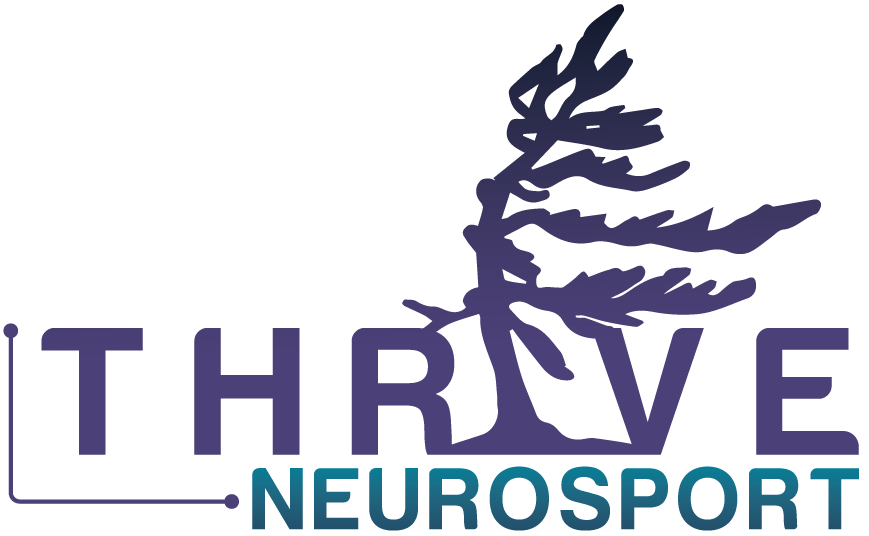Matthew Miller, MSc, CAT(C), Concordia University.
Obesity and sedentary behavior are becoming a major problem in todays society, especially among children (put those phones down and move!). Health care interventions and physical educators focus on promoting physical activity using the concept of physical literacy. Physical literacy is a theoretical concept based on the understanding of physical activity that is believed to be as important as reading and writing. Physical literacy is defined using four main concepts,
1) physical competence,
2) confidence and motivation to participate in physical activity,
3) daily behavior, and
4) the knowledge and understanding to participate in physical activity throughout life.1
If we’re going to use physical literacy to promote activity in children, it’s important to understand how to evaluate how “physically literate” a child is. There are many excellent resources that evaluate physical literacy in children, including the Canadian Assessment of Physical Literacy (CAPL) that evaluates the four domains of physical literacy.2 Many other physical literacy assessments focus on the physical competence domain, which refers to fundamental movement skills (e.g. balancing on one leg, running, or throwing a ball) that are required to participate in any basic activity. Assessments evaluate children based on how many repetitions they can complete or how fast they can perform a certain skill (e.g. hop on one leg). This is a great way to get an idea of how one child’s performance compares to another. However, it doesn’t provide any information about the quality of movement. How does the child move during a certain skill? Are their knees caving in when they jump? Are their feet whipping around when they run?
How fast a child is moving or how many times they can hop on one leg is a performance-based assessment. In contrast, evaluating body position and movement technique is considered a process-based assessment. The differences between these assessments are important because technique and body position have been indicated as key aspects of injury prevention.4 As children get older and participate in more competitive sports and activities, the risk of injury increases. Therefore, it’s important to identify and reduce the risk of injury in young athletes. . If physical competence is evaluated as a process-based assessment, we can see (below) how physical literacy and established injury prevention programs (like the FIFA 11+)3 have more in common than you think.

